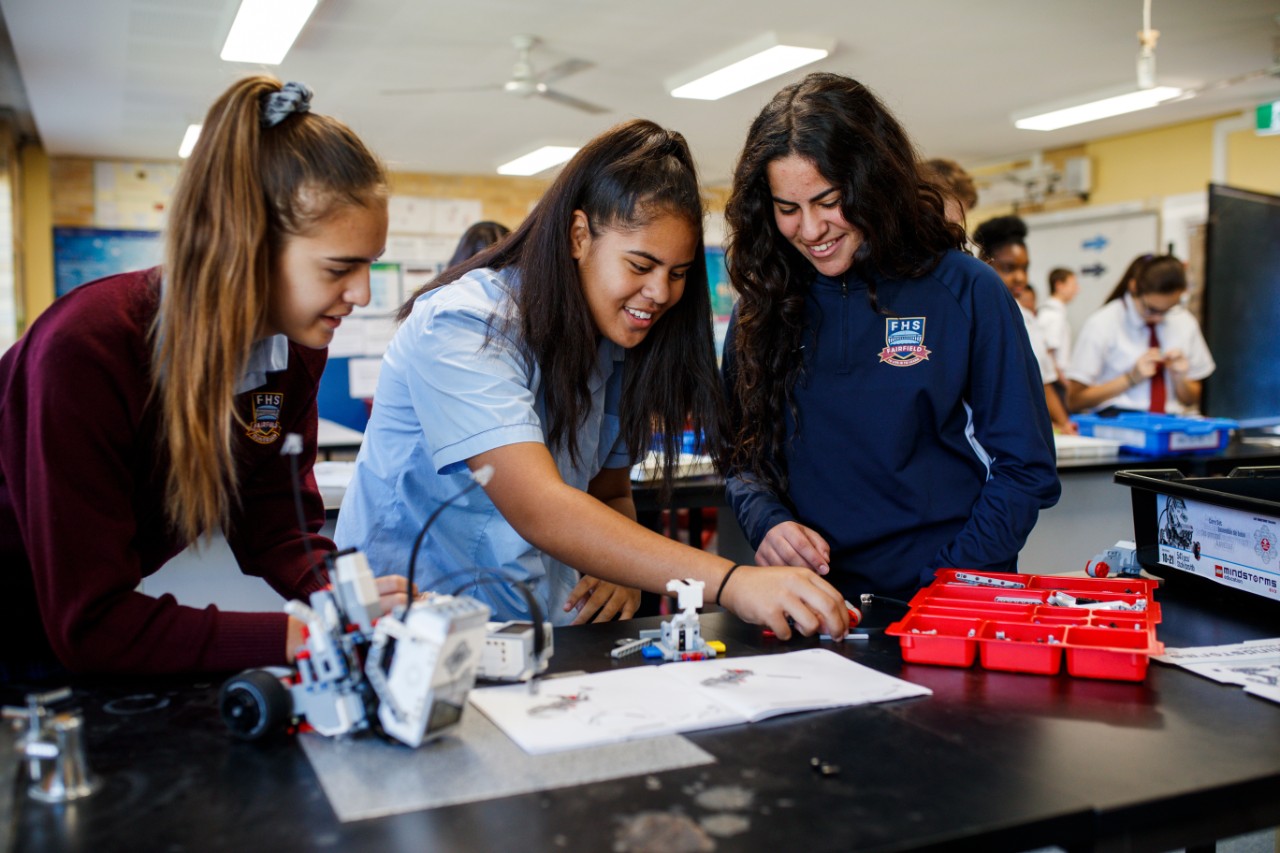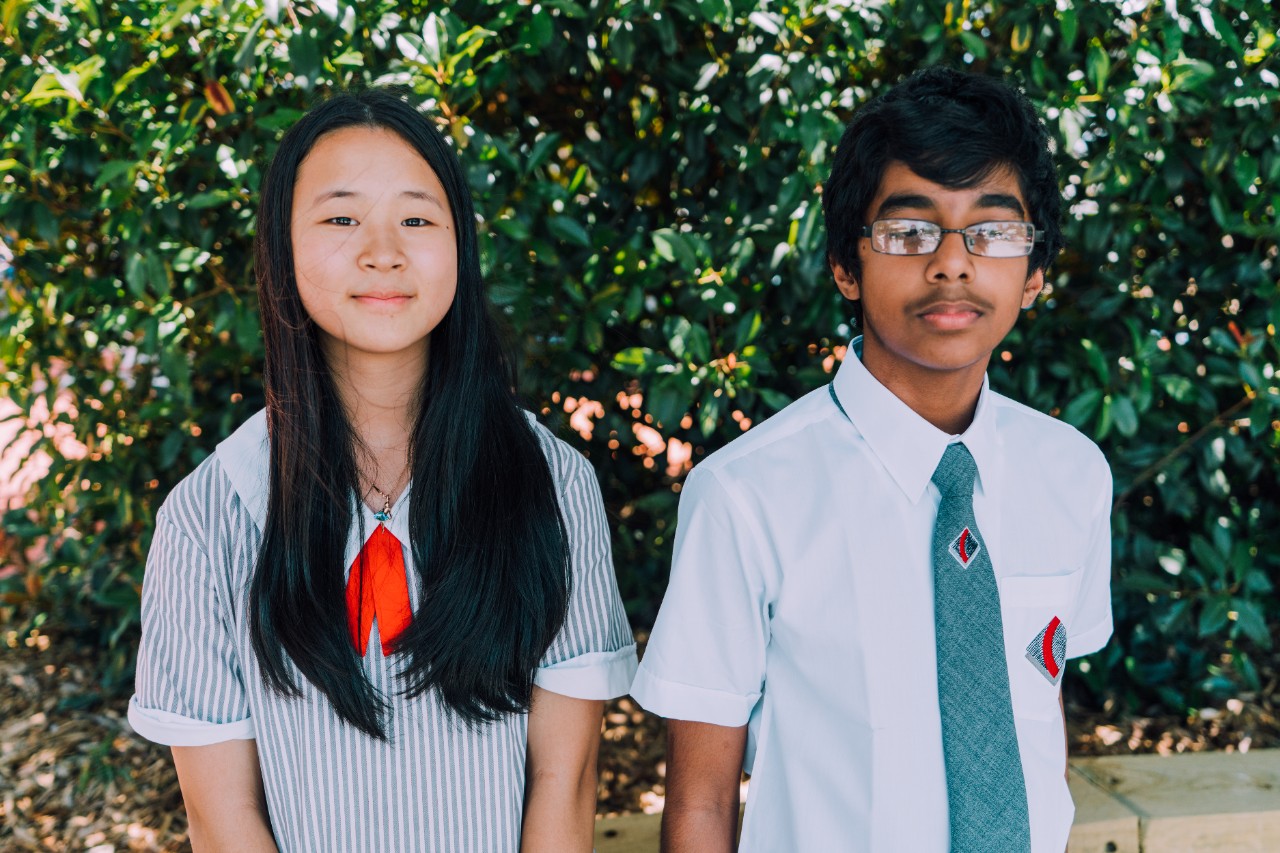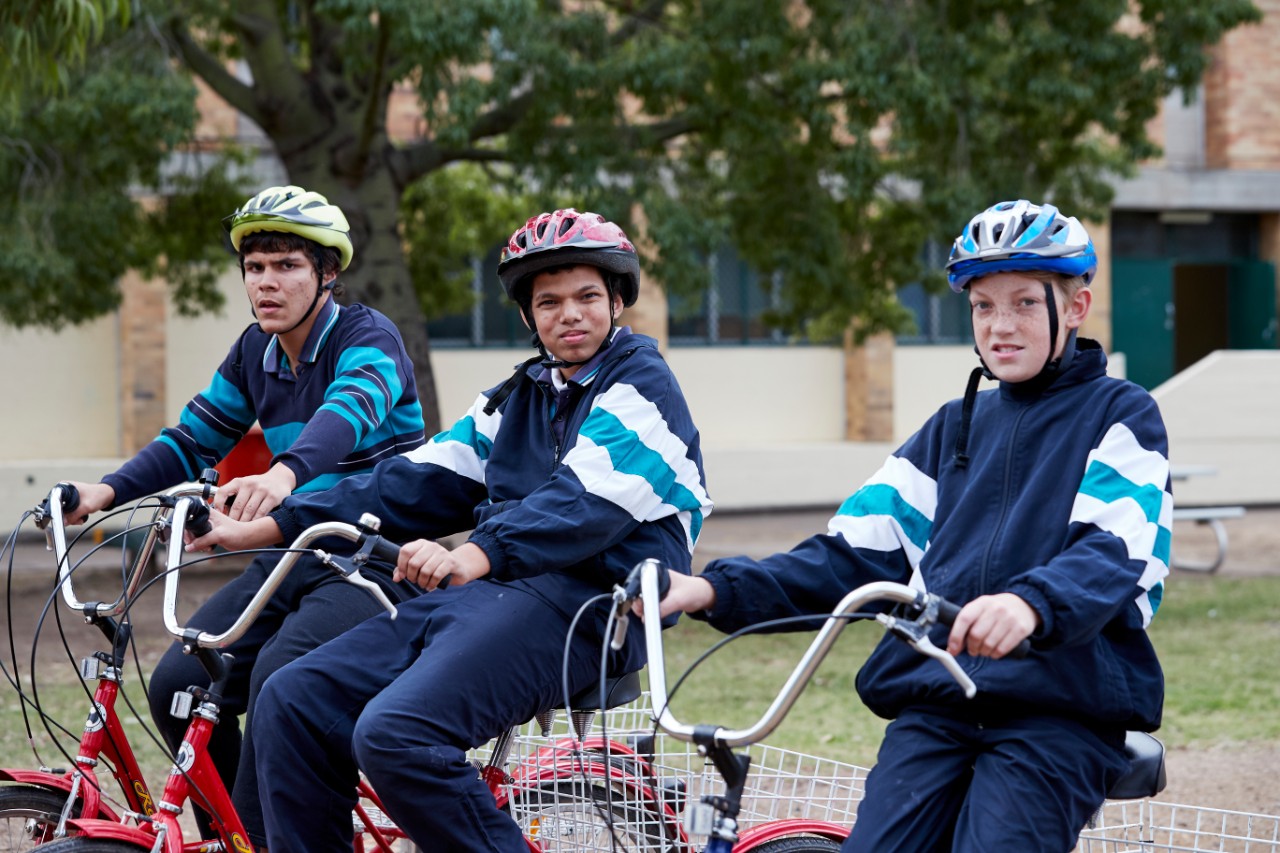Learning and memory
Use inclusive teaching and learning strategies to support students with learning and memory.
About learning and memory
Learning and memory describe the ability to take in, process, store, and recall information. This may be information that we have heard (for example, spoken instructions) or seen (for example, being shown the location of items). Learning and remembering information relies on many different skills. First, we need to take in the new information.
This relies on sensory processes (for example, hearing, seeing, touching) and cognitive processes (for example, paying attention, concentrating, processing information quickly, and storing information in an organised way). Once information is learned, we also need to be able to get that knowledge from memory stores.
It is common for students to differ in the way they learn information. Some students are very good at learning verbal information, which means they may only need to be told something once for them to recall it. Others may be better at learning and recalling things they have seen.
Many students with disability need support for learning and memory. These could include students with a learning difficulty, attention-deficit/hyperactivity disorder, autism, or sensory disability. Some students with these challenges might find it hard to concentrate for long periods, take in and process information, or need more time to learn.



School Excellence Framework alignment
Wellbeing, Effective classroom practice
Australian Professional Standards for Teachers alignment
Standard 1: Know students and how they learn
Audience
Secondary teachers
Purpose
This resource includes a range of strategies for teachers to support students with learning and memory challenges. Including: Evidence-based practice, best practice tips and other considerations.
Reviewed
November 2021. Share your feedback here